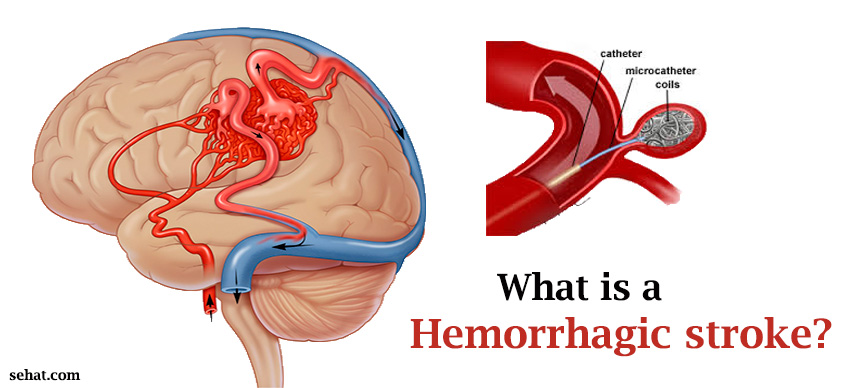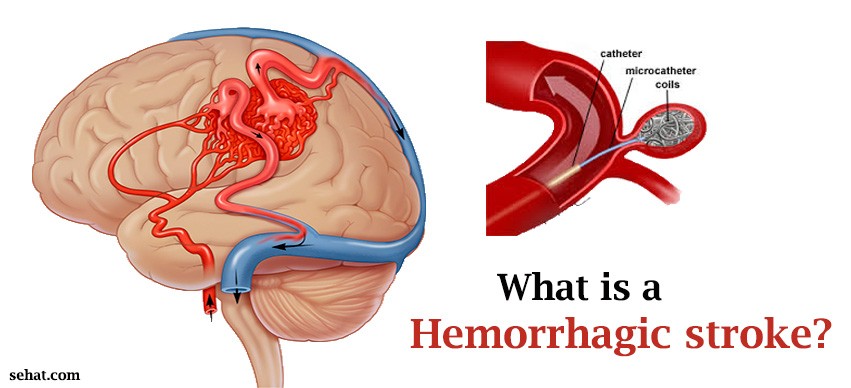Nanoparticle Therapy – An Emerging Cancer Treatment
5 Min Read


‘Hemorrhagic stroke’ is a kind of stroke wherein there is bleeding in the brain. Once bleeding occurs in the brain, it leads to various symptoms such as paralysis, speech disturbance, headache, unconsciousness and, sometimes death.
There are several causes of bleeding within the brain. Common causes include
Any type of trauma (accident or injury) can lead to bleeding within the brain. A brain aneurysm is a focal bulging of the wall of an artery that supplies blood to the brain. While most brain aneurysms remain silent, a few burst leading to bleed within the brain.
An AVM (arteriovenous malformation) of the brain is an abnormal tangle of blood vessels in the brain connecting the arteries to the veins. The tangle of abnormal blood vessels is called a 'nidus'. If the arteries and veins are connected one-to-one without the intervening tangle of blood vessels, it is called a fistula. Because these blood vessels are abnormal, they have a tendency to rupture leading to bleeding within the brain. AVMs are not unique to the brain and can occur in other parts of the body. However, brain AVMs are unique in that they cause severe devastating effects if they rupture.
Bleeding within the brain can produce many symptoms. Common ones include:
Outcome in a patient with bleeding within the brain depends on early diagnosis and appropriate treatment. Treatment is available for all the conditions and it focuses mainly on preventing another episode of bleeding and eliminating the cause of initial bleed. Open surgery as well as minimally invasive endovascular interventions are available to treat the cause of bleeding. the patients should consult an endovascular neurosurgeon to discuss the treatment option that suits best to treat the cause.
"If treated appropriately and in time, complete recovery is possible", says Dr. Sudheer Ambekar, Interventional Neurosurgeon from Mumbai.
There are two ways in which aneurysms are treated. First, "Clipping", in which the aneurysm is closed from outside with a metal clip through open surgery. Second, "Coiling" in which thin metal threads called 'coils' are inserted in the aneurysm using a catheter in the same way as an angiogram is done. Both these treatment options are complimentary to one another and, depending upon the characteristics, the aneurysm may be suitable for clipping or coiling. If the aneurysm is very small and not ruptured, your neurosurgeon may also recommend observation depending upon the risk of rupture.
1. Observation: Sometimes, not choosing any intervention and close observation may be the best treatment. AVMs are generally treated if they cause symptoms or if they have a very high risk of bleed.
2. Surgery: Surgical removal of the AVM is a well established and effective treatment. A successful surgery immediately eliminates the risk of causing any symptoms in future.
3. Embolization: This therapy involves filling up the abnormal arteries with a glue like material from inside during a cerebral angiogram.
4. Gamma knife Radiosurgery: This therapy involves focussed radiation of the AVM in one sitting. However, large AVMs cannot be treated by this modality. Also, the risk of bleeding from the AVM persists for a few months after treatment until the AVM completely closes.
Very often, a combination of the above mentioned therapies may be required to treat AVMs safely and effectively.